 |
Japan Trench |
HOME |
 |
CLASSES |
 |
EQ PROCESSES |
 |
GROUP |
 |
Rowe CV |
 |
PUBLICATIONS |
This is only a subset of what we're doing, head on over to the GROUP page to see what the students are up to.
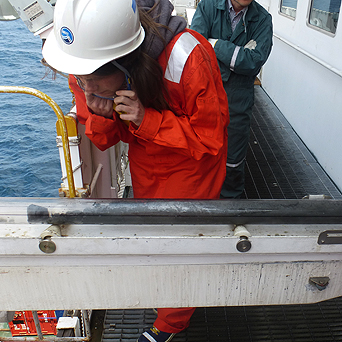 See JFAST website for more information about the expedition |
IODP Expedition 343: The Japan Trench Fast Drilling Project (JFAST)On March 11, 2011, a huge earthquake occured on the Japan Trench subduction zone beneath northeastern Honshu. In 2012, 28 scientists and the extraordinary drillers of the 200 m Japanese vessel Chikyu recovered core samples and logging data from two different boreholes drilled 850 m below the seafloor in the toe of the wedge. We also installed a temperature observatory in a borehole which was recovered in 2013.The results of the expedition were published in three papers in Science in Dec. 2013. I am currently engaged in microstructural studies of the sediments and the deformation associated with both long-term and seismic slip on the subduction plate boundary.
|
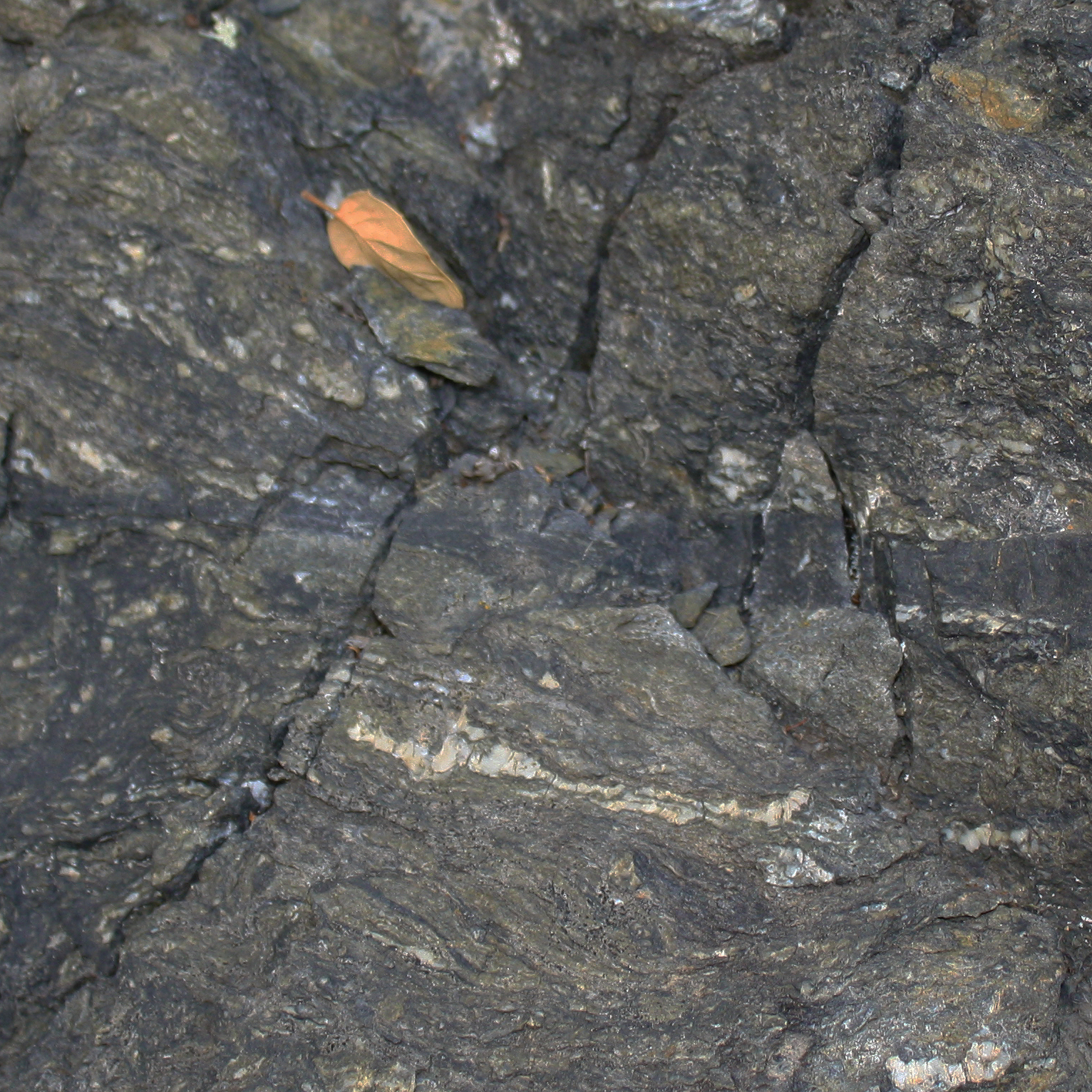 |
Fossilized Earthquakes and the deep time record of fault behaviourPseudotachylytes are "earthquake fossils" - evidence of fast frictional heating in an ancient fault that record these dynamic events. They are direct evidence of frictional melting - one of a wide range of energetic physical and chemical reactions that transform rocks during fault activity.Our recent JSG paper, "Disappearing Ink", tries to explain why pseudotachylytes seem rare in the rock record - they are geologically short-lived because they are altered or destroyed by subsequent fault motion and associated fluid flow. | McGill undergraduates Kelsey Lamothe and Veronica Schnitzer are working on an online photographic atlas and glossary of brittle fault rock textures which we expect to launch in 2014. If you would like to contribute, send me an email! |
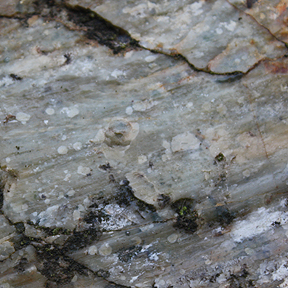 Corona Heights Fault, San Francisco |
Silica lubrication in faultsIn 2002, it was discovered that silica-rich rocks undergo a mysterious frictional weakening when sheared against each other at high speed when there is a little bit of water available. We think this may happen during earthquakes, causing slip to run away. I'm collaborating with experimentalists in Italy and the UK to create more of this experimental silica and characterize the composition and microstructure of the products of the reaction (with McGill undergraduate Kelsey Lamothe and chemistry professor Mark Andrews). I'm also working to find evidence for this material in faults in nature which have produced earthquakes.The first paper from this effort was published in Geology in September, 2013. |
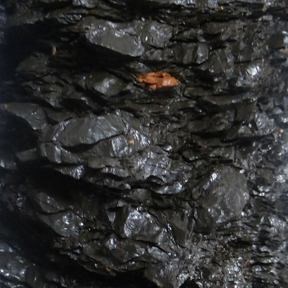 Scaly clays from the plate boundary décollement, Japan Trench |
Scaly Fabrics - how do they form and deform?Sheared sediments and clay-rich faults commonly develop "scaly fabrics" - braided wavy shear surfaces at the edges of lens-shaped "scales" of shiny mud. We know from friction measurements under various conditions that clays are weaker than other minerals when they're all mixed up, and we also know that they get weaker when they align and connect into continuous surfaces.The geometry of scaly fabrics, and the fact that we observe them in thick packages, imply that shear deformation is distributed through volumes and variably localized. With studies of natural examples as well as analog experiments by undergraduate student Matthew Tarling, we are developing an understanding of the balance between localization and distributed shear and the resultant rheology of scaly fabrics. |
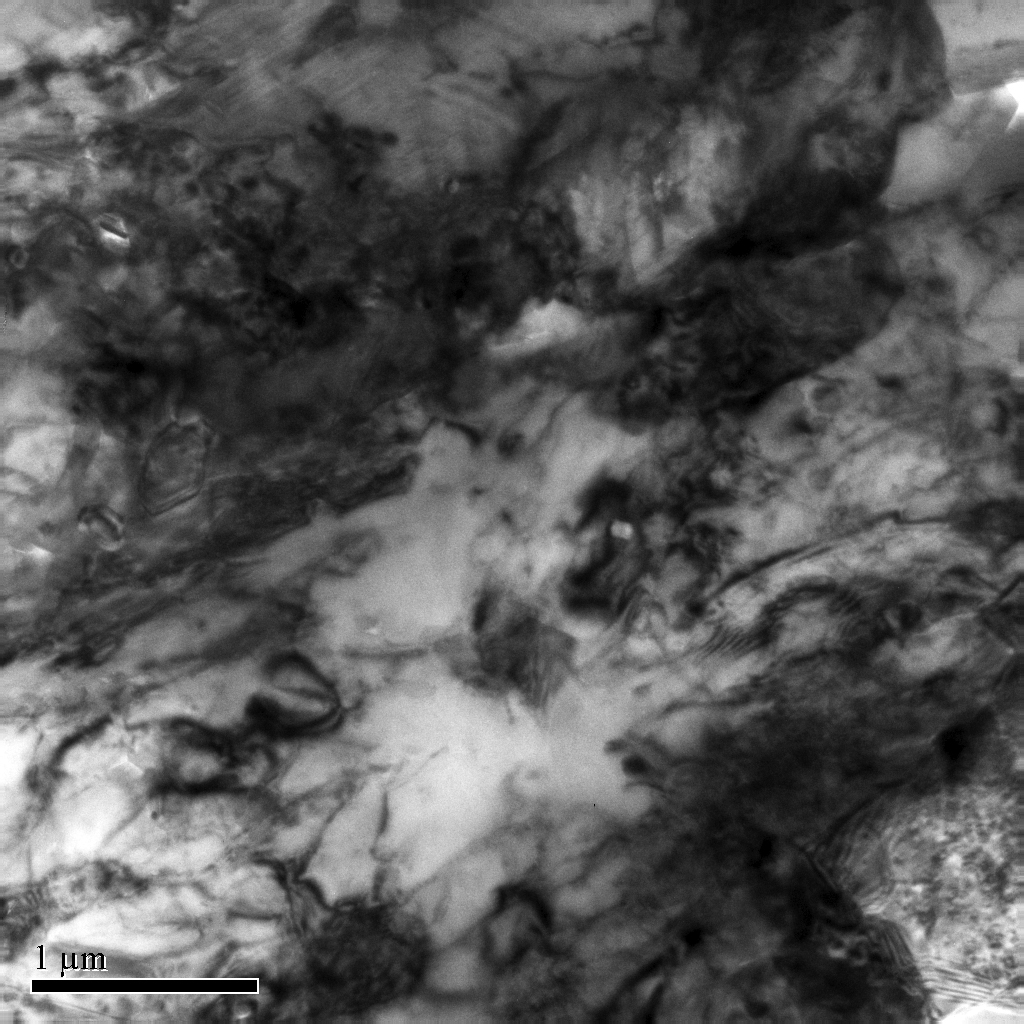 Quartz veins from the Dixie Fault, Nevada carry gold in some of the crystals but not in others |
Hitchhiking gold: earthquakes and boiling create a mechanism for gold transport in faultsQuartz veins are famously associated with gold deposits. The gold might be carried in solution with the quartz, or it may adhere to colloidal silica particles which form during depressurization events (probably earthquakes). The first precipitates in a lode gold vein may not be quartz, but are often faster-growing phases (like opal) which can contain a lot of impurities (including gold.) These phases transform to quartz over time - what happens to the impurities?With collaborators, I'm investigating the transformation of quartz veins - both gold-bearing and barren - to try to understand what happens at the nanoscale to control gold transport and deposition, and where that gold will end up after the silica phases transform. |
HOME |
 |
CLASSES |
 |
EQ PROCESSES |
 |
GROUP |
 |
Rowe CV |
 |
PUBLICATIONS |